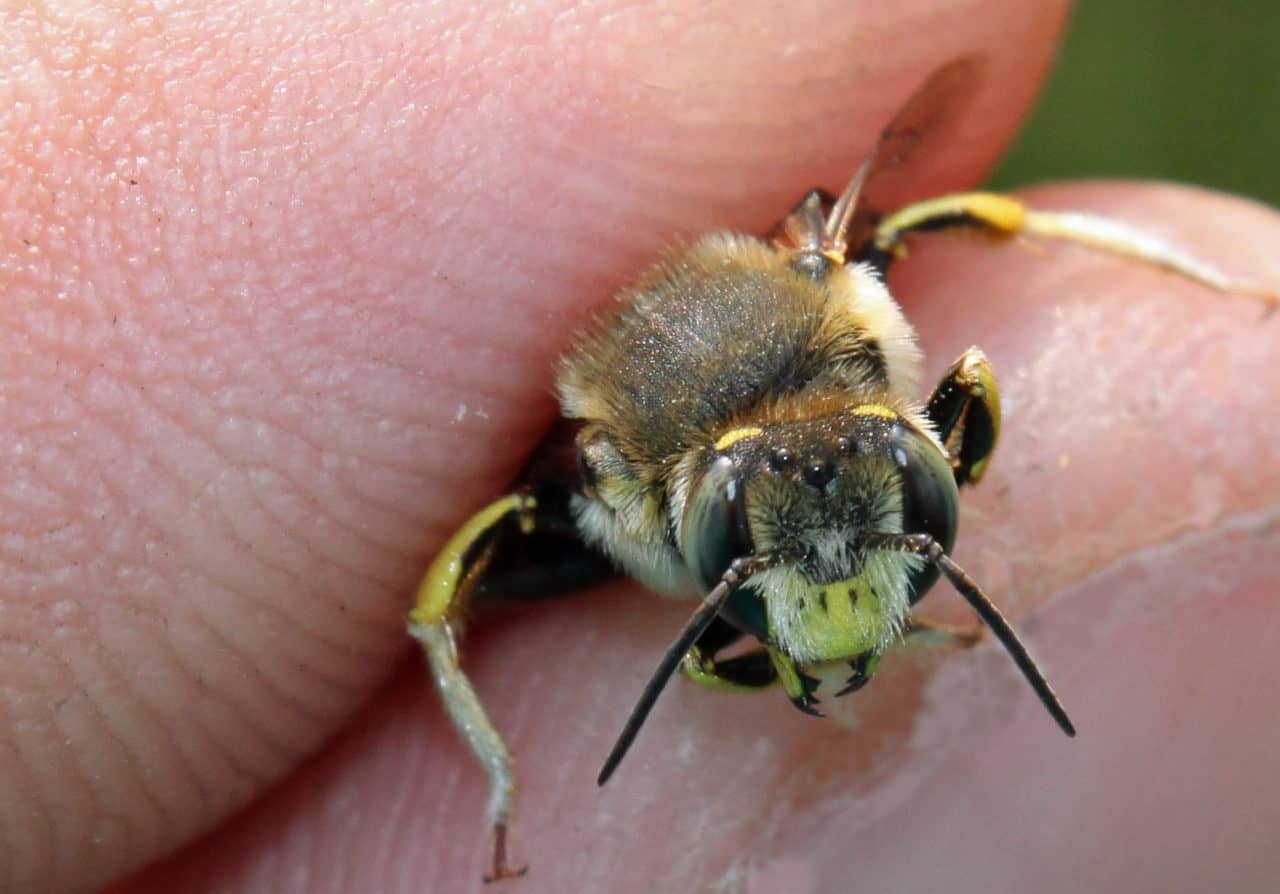Nosema in the Lab
Looking into the eyepiece of my microscope at the water-mount slides I have prepared, hardly anything I see resembles honey bees. Coincidentally, everything appears a monochromatic amber-gold very close to the color scheme of the inside of a hive. But that is really where the similarity stops. Instead of seeing a humming colony of busy, […]


